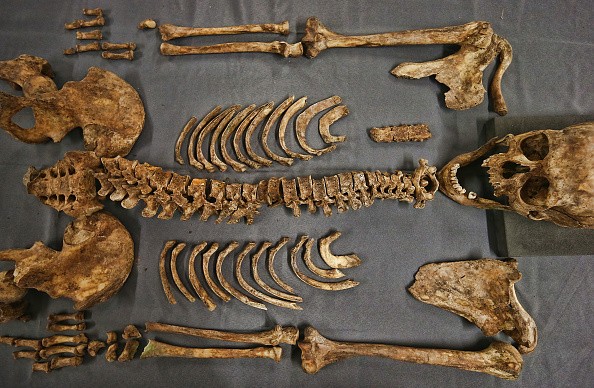The defense minister of Russia has announced his desire to clone ancient royal fighters and their horses in a Dolly the sheep-esque project. Sergei Shoigu permitted an archaeological dig at the Tunnug burial mound that is about 3,000-year-old in the Valley of the Kings sited three years ago in Tuva, Siberia, and evidently wants to clone the migrant warriors that have been unearthed.

Organic Remnants
A modern-day shaman was supposedly drafted in to make sure the spirits weren't displeased. The oldest remnants to have been found so far dates back to the ninth century BC, as stated by The Siberian Times.
On Wednesday, April 14, at a Russian Geographical Society session, Shoigu said: "Certainly, we would like very much to discover the organic matter. I believe you know what would follow that, It would be achievable to make something of it, if not Dolly the Sheep."
Reports claimed that Vladimir Putin was present in the session on Wednesday. The 3,000-year-old burials are in the ground that has stayed frozen for two or more years ( permafrost). Because of the permafrost, it's thought the opportunity of discovering organic remnants are very high.
The Permafrost
"We have carried out many expeditions there already, it is a huge international expedition. Many things have been certified, but many remains to be done," Shoigu added.
Shoigu did not say much more on the topic but said he thinks the finding will be 'very interesting.The Russian Geological Society is also positive in discovering more ancient remnants.
Talking about the Tunnug expedition on its location, the society wrote there is an increased probability of discovering stored organic matter and different artefacts beneath the rock mound because the Tunnug Kurgan is sited in the permafrost.
The third season of the expedition of the Russian Geological Society was concluded in October 2020, which was accomplished by a smaller group than planned due to the pandemic that is ongoing.

Traces of Sacrifices
In spite of this, they were capable of making' interesting finds', like traces of sacrifices. Head of the expedition, Timur Sadykov, said of the most current season the most interesting discovery was the remnants of sacrifices of a horse with the elements of horse harness.
This once again created confirmation that the cultural belonging of the kurgan up to the range of monuments of the King's Valley, plus the Arzhan-1 kurgan, where evidence of ritual horse sacrifices was also discovered.
Finally, it's uncertain just how true the Russians' professed attempt to clone an ancient soldier back to life really is. While only time will tell, a 2017 PBS report may be crucial in gauging how doubtful to be of any state-funded revelations like this.
Related Article : 5 Most Famous Cloned Animals in History
For more news, updates about cloning and similar topics don't forget to follow Nature World News!
© 2025 NatureWorldNews.com All rights reserved. Do not reproduce without permission.





